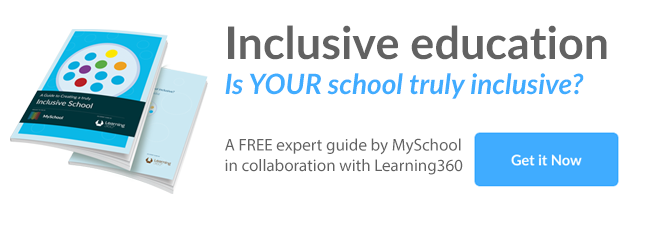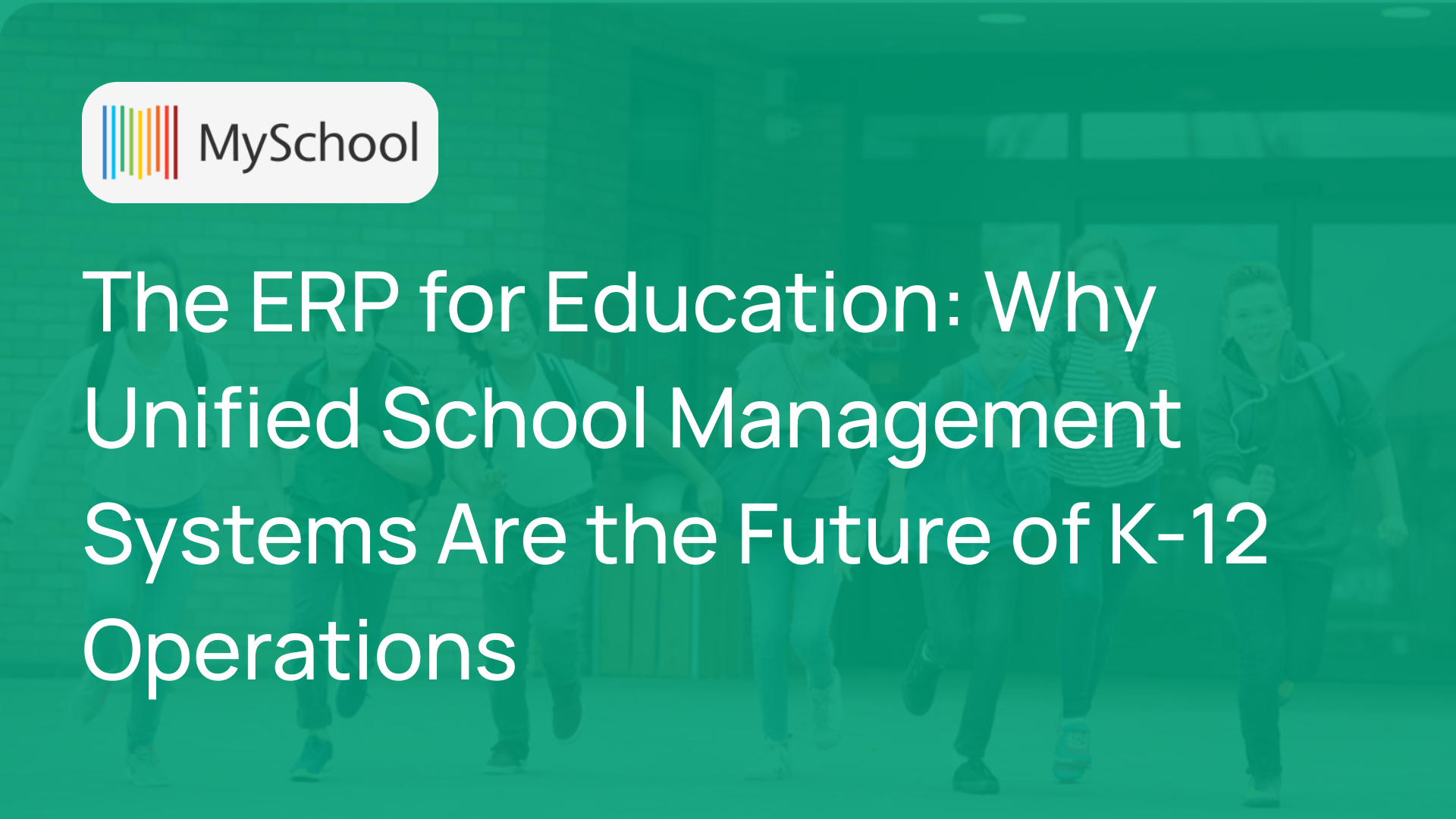Educators are at the forefront of every child’s educational journey. It is imperative that in order for true inclusion to take place, teachers need to have an understanding of what inclusion in mainstream schools is. We believe that teachers can give us insights into the comprehensive task of teaching children with additional needs within mainstream classrooms, and the information they provide would be valuable in the training and in the support of fellow teachers.
MySchool school management software, has been working with the team from Learning 360° Foundation to gather feedback from teachers in Malta through a qualitative approach, so as to understand their views and experiences in the field, to spark a conversation on how we can continue to grow in inclusive practices in the classroom and beyond. The teachers were asked to give their own definition of inclusion, as well as what practices can be put in place in order to give every student the right to education within the mainstream setting. Various ideas and opinions were brought up throughout the interviews.
Our first question was based around what inclusion meant to each individual. The general theme in their understanding was treating each child as an individual, identifying their strengths and differences and using appropriate strategies to ensure all learners reach their full potential:
“All children should have the same access to education to be able to learn together”
“Inclusion means recognising differences and ensuring that these differences do not become obstacles.”
It is every educator's responsibility to actively include all learners and make adaptations to the environment and their teaching methods to be able to cater for all. We asked the educators to outline any successful strategies they have used throughout their careers to help the students feel more included. The educators individually shared strategies such as using a lot of praise and positive reinforcement and making sure that the students feel listened to, valued and like they belong: “Encouraging participation in class no matter what form has helped, for example group work, individually, oral, through drawing a picture.”

Another educator spoke about preparing the students for situations or tasks through social stories, pictures and checklists to encourage a successful outcome.
We then started a discussion on what barriers or obstacles did not help to include all learners. The main theme of all educators revolved around the teacher's expectations, such as expecting the child to follow the mainstream curriculum and learning outcomes and expecting a one-size fits all model:
“Presenting a child with a task that is not adapted to reach the individual's full potential, be it too challenging or too simple.”
In a mainstream classroom, all needs and abilities need to be taken into consideration; flexibility and creativity are key to ensuring that all students' unique and individual needs are met.
“Excluding children from class activities because the teacher thinks that ‘they cannot do it'. Putting the individual child down if they find something difficult and sometimes even praising others for doing well in front of them. e.g. "Well done Noah! Tom, maybe you should be more like Noah and try harder."
Educators working in our schools understand what is needed to promote and implement better inclusive practices, as they are aware of the realities and daily challenges of a modern day mainstream classroom. Their ideas included diversifying the curriculum by incorporating more material relating to the diverse cultural, ethnic, religious and mixed-ability world we live in: “This will encourage all students to embrace differences and become more empathic, tolerant and respectful people.” The educators also mentioned that schools can help ensure that academic content is accessible to all by providing additional and further adapted (both low-level or high-level) material; and moving away from traditional examination methods to offer different means and modes of assessments. Other ideas revolved around the need for further training and the development of staff members and encouraging multisensory teaching and learning in the classrooms.
The educators who participated in the interviews all held positive attitudes towards the concept of inclusion, however they all highlighted the need for radical systemic change. True inclusion in a mainstream setting requires a paradigm shift that involves structural changes in curriculum, teacher education and training, and appropriate allocation of support, educational materials and human resources.
If you wish to gain a better understanding of inclusion, and evaluate your own professional practices, so as to ensure that you are being truly inclusive, check out this practical guide book: A guide to creating a truly inclusive school, which was put together by Learning 360° Foundation.
Learning 360° Foundation is a registered Voluntary Organisation set up by educators who have a shared passion for inclusive practices and meaningful learning. The Foundation offers individualised holistic, educational services including but not limited to: Early Intervention, Skill Building for Primary school learners, Literacy support, and Coaching for study skills, organisation skills and executive functioning skills. L360° provides training and mentoring for students, educators, parents and professionals.
You can find out more about Learning 360° Foundation here: https://www.facebook.com/Learning360.Malta/


.png)

